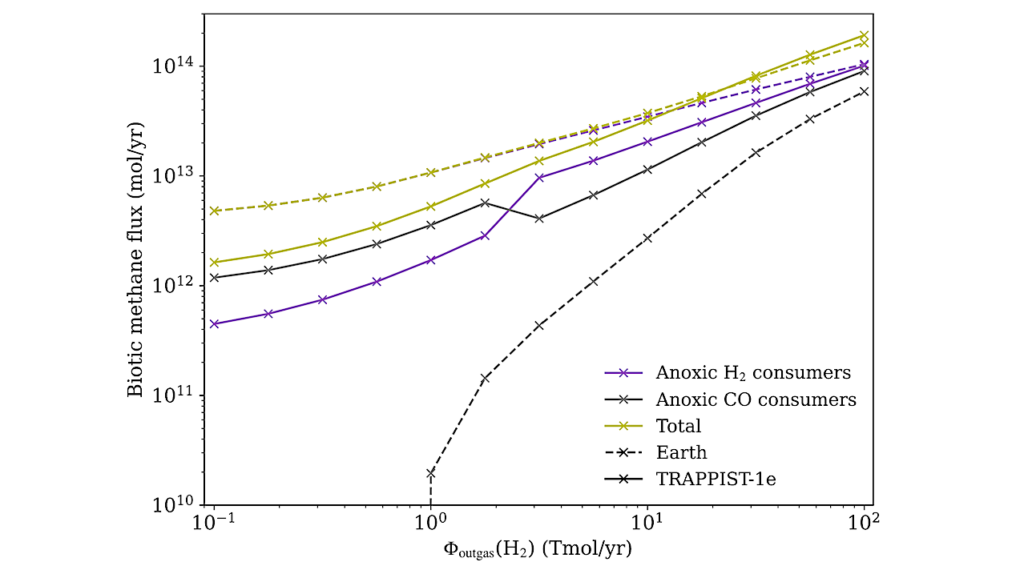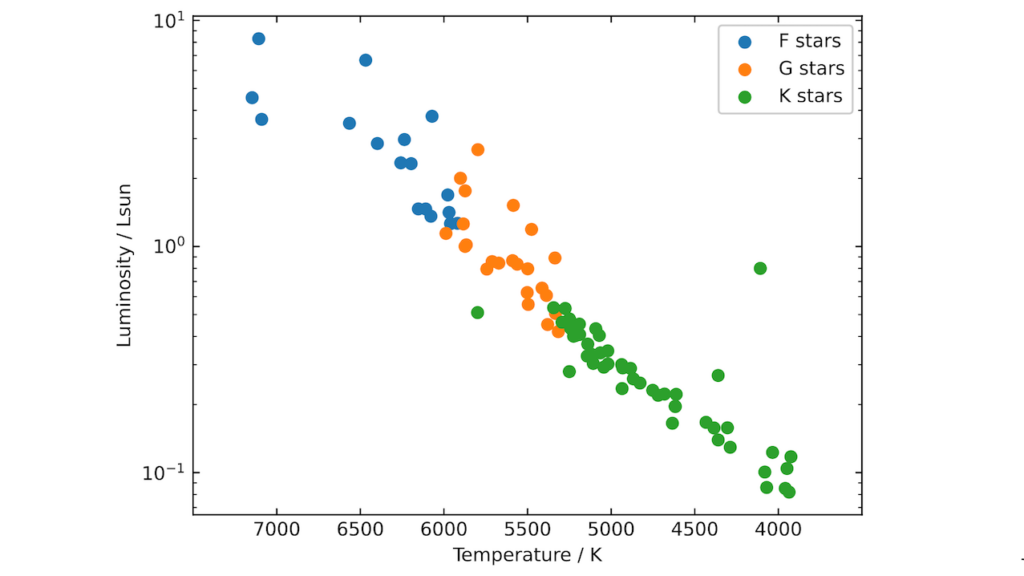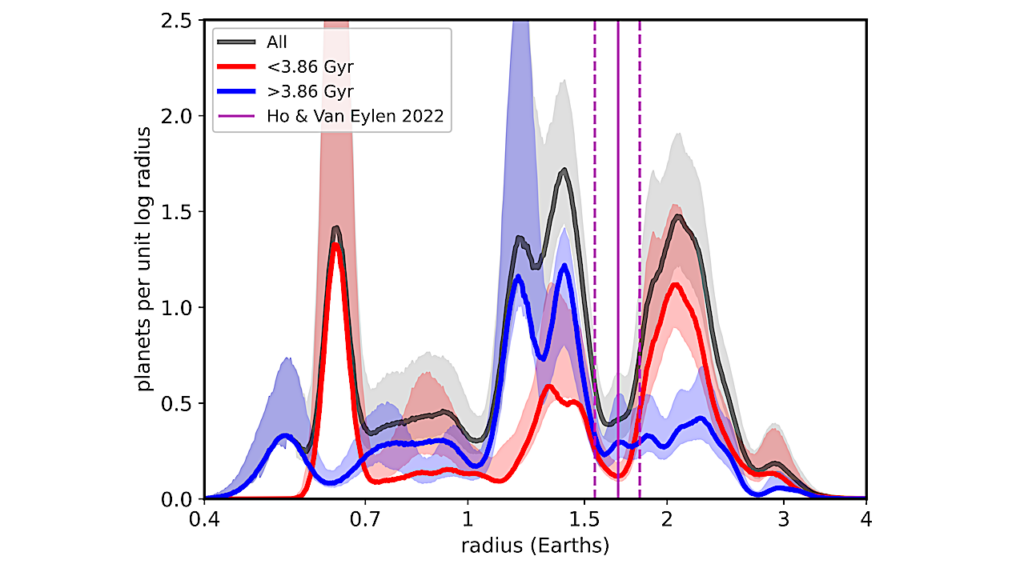Directly Imaged Exoplanets In Reflected Starlight. The Importance Of Knowing The Planet Radius

We have investigated the information content in reflected-starlight spectra of exoplanets. We specify our analysis to Barnard’s Star b candidate super-Earth, for which we assume a radius 0.6 times that of Neptune, an atmosphere dominated by H2-He, and a CH4 volume mixing ratio of 5⋅10−3.
The main conclusions of our study are however planet-independent. We set up a model of the exoplanet described by seven parameters including its radius, atmospheric methane abundance and basic properties of a cloud layer. We generate synthetic spectra at zero phase (full disk illumination) from 500 to 900 nm and spectral resolution R∼125-225. We simulate a measured spectrum with a simplified, wavelength-independent noise model at Signal-to-Noise ratio S/N=10. With an MCMC-based retrieval methodology, we analyse which planet/atmosphere parameters can be inferred from the measured spectrum and the theoretical correlations amongst them. We consider limiting cases in which the planet radius is either known or completely unknown, and intermediate cases in which the planet radius is partly constrained.
If the planet radius is known, we can generally discriminate between cloud-free and cloudy atmospheres, and constrain the methane abundance to within two orders of magnitude. If the planet radius is unknown, new correlations between model parameters occur and the accuracy of the retrievals decreases. Without a radius determination, it is challenging to discern whether the planet has clouds, and the estimates on methane abundance degrade. However, we find the planet radius is constrained to within a factor of two for all the cases explored. Having a priori information on the planet radius, even if approximate, helps improve the retrievals. We urge exoplanet detection efforts to extend the population of long-period planets with mass and radius determinations.
Óscar Carrión-González, Antonio García Muñoz, Juan Cabrera, Szilárd Csizmadia, Nuno C. Santos, Heike Rauer
Comments: Accepted for publication in A&A. 22 pages, 6 Tables, 16 figures. The abstract has been shortened to meet arXiv requirements
Subjects: Earth and Planetary Astrophysics (astro-ph.EP); Instrumentation and Methods for Astrophysics (astro-ph.IM)
Cite as: arXiv:2006.08784 [astro-ph.EP] (or arXiv:2006.08784v1 [astro-ph.EP] for this version)
Submission history
From: Óscar Carrión-González
[v1] Mon, 15 Jun 2020 21:35:50 UTC (2,632 KB)
https://arxiv.org/abs/2006.08784
Astrobiology








